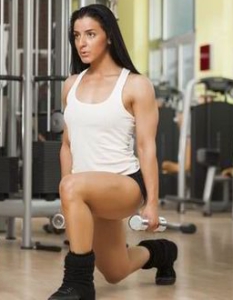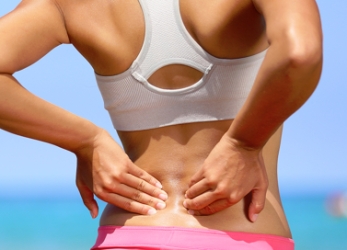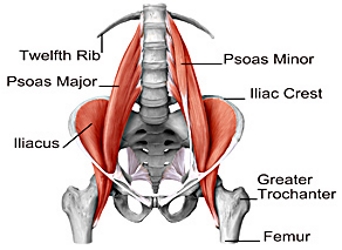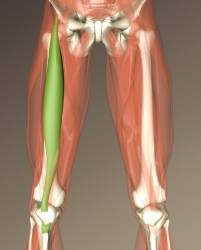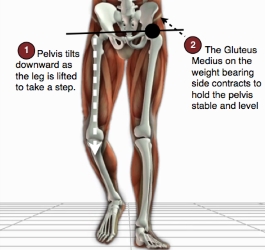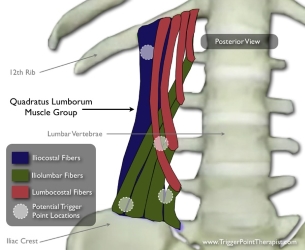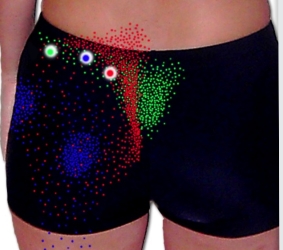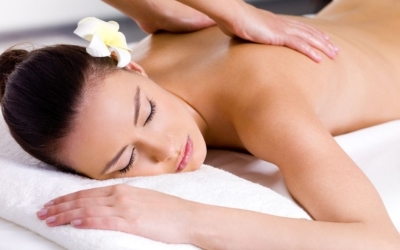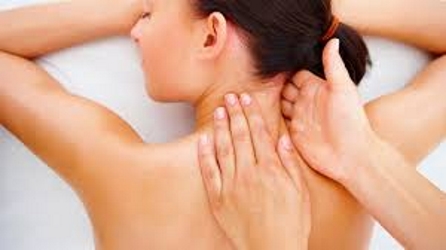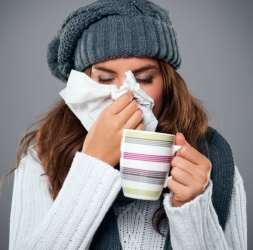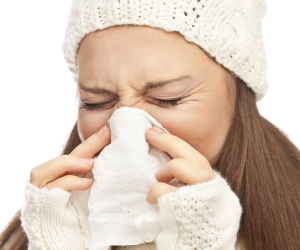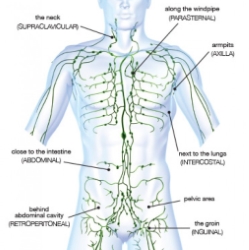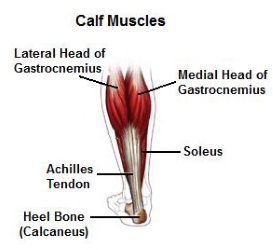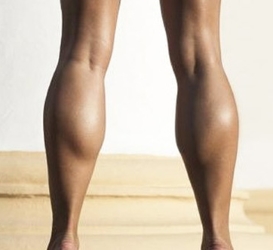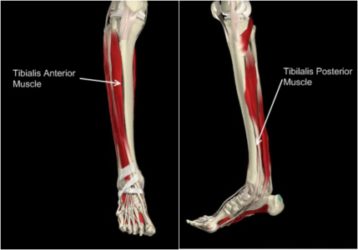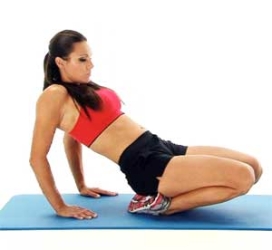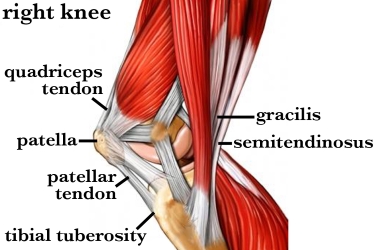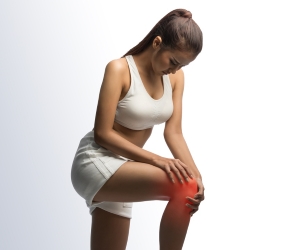Carpal tunnel syndrome, also known as CTS, is the inflammation or impingement of nerves within your wrist. It can cause pain, weakness or numbness in your hand. In severe cases it can extend up into your forearm or shoulder and require surgery, but this is usually a last resort after other treatments have failed.
Table Of Contents
What Is Carpal Tunnel Syndrome
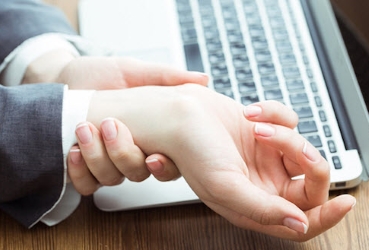
The carpal tunnel is formed between the carpal bones of your wrist and a thick ligament called the flexor retinaculum(1). If one of your tendons or nerves becomes compressed or inflamed this can cause swelling. As the carpal tunnel cannot expand it can impinge (trap) other tissue in the area, resulting in pain, weakness or numbness. This pain can extend along your median nerve up through your arm into your shoulder.
What Causes Carpal Tunnel Syndrome
A common cause of carpal tunnel syndrome is repetitive movement. This includes typing for long periods, jobs that involve heavy lifting and manual labour. Also exercise or sport that involves using your hands such as tennis, badminton or weight training. Injury to your wrist or hand can cause temporary symptoms due to swelling. This can become permanent if serious enough to change to the structure of the area.
Poor posture can also contribute to development of symptoms. Especially rounded shoulders such as resulting from sitting at a desk all day, or tension in the neck, shoulders or upper back. The overall effect is to cause internal rotation of your arms and hands which forces them to work in an unnatural position.
Genetics is also a factor, as is diabetes, rheumatoid arthritis and pregnancy.
How To Treat Carpal Tunnel Syndrome
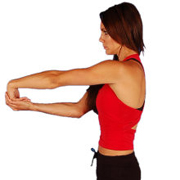
If you experience the symptoms of carpal tunnel syndrome the first thing to do is identify what action causes it. Then, as much as is possible, stop doing it. Whatever the initial cause most people rarely, if ever, stretch the muscles of the arm, especially the forearm. Therefore almost everyone will benefit from increasing their flexibility. This will in turn take some of the pressure off your carpal tunnel area.
If the symptoms persist, your doctor might suggest corticosteroid injections, a wrist splint to reduce mobility or even surgery.
How Massage Can Help
As long as diabetes, arthritis or pregnancy is not a factor, carpal tunnel syndrome can be treated by a massage therapist. This is done by relieving tension in your hand and forearm muscles. As it helps take the pressure off the nerves and tendons in the carpal tunnel it allows freer movement to return. And because internal rotation of the arm and shoulder is usually a factor, your upper arm and shoulder and neck area are also likely to require massage work. This will correct issues with posture that contributed to developing carpal tunnel in the first place.
Book A Mobile Massage
If you would like to book a mobile massage in York please contact me on 07713 250352 or email david@massageinyork.co.uk. Includes sports massage, deep tissue massage and Swedish massage. For more information on booking click here

